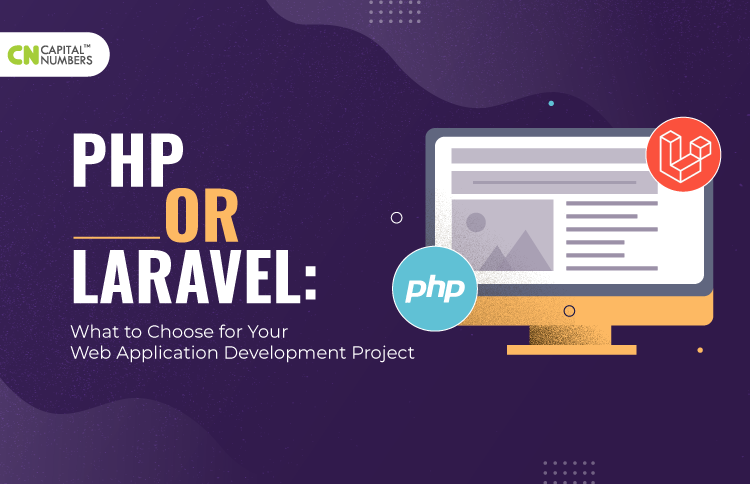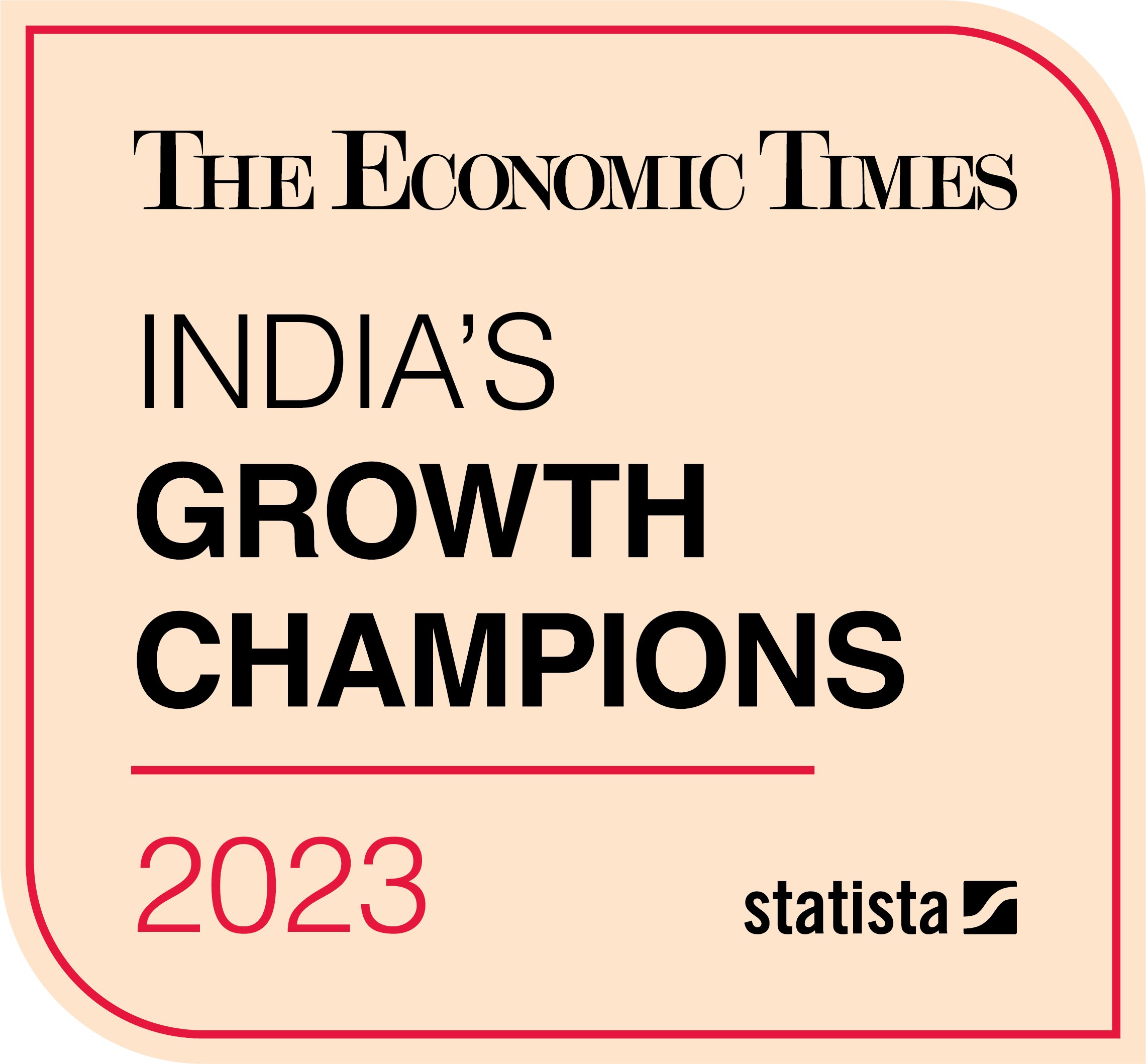Top Web Development Stack to Consider in 2022-23: Front-End & Back-End
Table of Contents
Web development has grown to be essential to every industry’s success. And good technology stacks ensure high-quality products that meet your consumers’ expectations. So, choosing the best tech stack for web development that is in line with your product’s demands eliminates many future complications, including fixing or updating cases. This may undoubtedly help you save a lot of time and money.
With a pool of web development stacks, selecting a suitable combination of application development technologies is challenging regarding the resources invested and quality produced. To make 2022 and 2023 a flourishing year, you must choose the right tech stack for web development before you hire web developers. And to help you, here, we have curated a detailed guide and coupled it with the list of the top web development stack for 2022 and 2023. Read on.
What is a web development stack?
A tech stack refers to a set of technologies an organization uses to build a web or mobile app. It is a combination of programming languages, libraries, frameworks, servers, patterns, UI/UX solutions, tools, and software developers use.
Different tech stacks exist for every development need, and the right tech stack depends on your project requirements. Consider your project requirements and choose a suitable tech stack accordingly.
What are the most popular web stacks?
Different tech stacks can handle different web application development and operations tasks.
Following are some top stacks for front-end and back-end in 2022 and 2023.
Top front-end stack to use in 2022 -23
React.js
React is an open-source and flexible JavaScript library allowing you to develop simple, fast, and scalable front-end interfaces for single-page or multi-page applications. Also, it will enable you to create large web apps that can change data without reloading the page.
React supports JavaScript libraries and frameworks, including Backbone, jquery, and Angular in MVC. So, you can use it efficiently.
Advantages
- Reusable components
- JS libraries
- Comes with a browser extension named React Developer Tools
Disadvantages
- JSX as a barrier
- Non-vigilant focus on the user interface
When to use this tech stack for web app
- Sites with a high level of user involvement
- Complicated web pages
- Dynamic web development
Angular
Angular is a front-end programming framework based on TypeScript. It is used to develop dynamic and highly responsive web applications and SPAs.
But Angular 13, the latest version of this web development stack, claims to represent the future of enterprise-grade web app development solutions.
Advantages
- Developed and maintained by Google
- Dependency injection
- Component-based ecosystem
Disadvantages
- High memory consumption
- Hierarchical tree-like structure
When to use this tech stack for web app
- Web apps for businesses
- Dynamic apps
- Progressive apps
Vue.js
Vue.js is an open-source, lightweight, and user-friendly JavaScript framework that uses Model-View-ViewModel (MVVM) architectural patterns.
It is a hybrid of heavier web stack technologies and has extensive HTML capabilities.
Advantages
- Code readability and flexibility
- Reusability of components
- Rendering and performance of virtual DOM
Disadvantages
- Reactivity complexity
- Risk of over flexibility
When to use this tech stack for web app
- Scalable web applications
- Interactive web apps
Also Read: The Role of Digital Innovation and Transformation in Business Growth
Top back-end tech stack to use in 2022 and 2023
ASP.NET
ASP.NET is a cross-platform, open-source framework for back-end development. It allows you to use a variety of libraries, languages, and editors.
Also, it supports the Common Language Interface (CLI) but follows the best practices when using the method you prefer to develop an application.
Advantages
- Visual Studio Integrated Development Environment (IDE)
- Asynchronous support
- Automatic monitoring
Disadvantages
- Object-relational support issues
- Vendor lock-in
When to use this web development stack
- Web applications
- Mobile back-ends
- IoT apps
- Hybrid apps
- Web services
Node.js
Node.js is an open-source programming language that supports JavaScript runtime settings on Chrome V8 and allows you to develop fast and scalable web apps.
It employs a “single-threaded event loop” and uses the Google V8 JavaScript engine.
Advantages
- Single Programming Language
- Advantage of caching
- Fullstack JavaScript
Disadvantages
- API instability
- Model for asynchronous programming
When to use this stack for web development
- Event-driven, non-blocking services
- Back-end API services
- Traditional web pages
Python
Python is an object-oriented and high-level programming language and is also the preferred language for feature-rich websites, machine-learning apps, data analysis, task automation, and software testing.
Advantages
- Interpreted language
- Dynamically typed
- Portability
Disadvantages
- Not easy to integrate with other languages
- Weak in mobile computing
When to use this tech stack for web development
- System development
- Cloud-native development
- Computing without a server
- Applications for the IoT
- Business applications
How to choose the right stack?
Given modern software production’s complex and dynamic nature, choosing the right tech stack to operationalize a web application may seem difficult. So, you need to be careful and choose the right combination of techniques and tools to operationalize an app, as these decide the product’s success in deployment.
Here are a few aspects worth considering when deciding on a web development tech stack :
- Personal requirements
- Project Scope
- Time-to-market
- Security
- Scalability
Modern Web Development Stacks
The increasing demand for app-driven business processes has led to the emergence of different tools, techniques, and mechanisms for implementing web apps for various use cases. So, every company/developer prefers a web development tech stack to solve purposes effectively.
Nowadays, many developed frameworks and tools focus on various critical aspects, including user-friendliness, scalability, stability, and expandability of web applications. For beginners, it may be challenging to choose the right tech stack. But considering the key things mentioned above helps them make the right choice.
Final Thoughts
When choosing the right web stack, consider your project requirements, stack characteristics, and development cost to ensure a seamless web development project. Don’t just run behind something in trend but not in sync with your project.
If you need assistance choosing a tech stack for your web development project, choose Capital Numbers, an award-winning software solutions company in India that offers cutting-edge solutions. We help you identify your web app’s specific needs and objectives and assemble a team of dedicated developers to make it happen. For further details, book a call with our experts today!


 Web Development
Web Development Cloud Engineering
Cloud Engineering Mobile App Development
Mobile App Development AI/ML/GenAI
AI/ML/GenAI E-commerce
E-commerce Software Development
Software Development UI/UX
UI/UX QA
QA Dedicated Teams
Dedicated Teams











